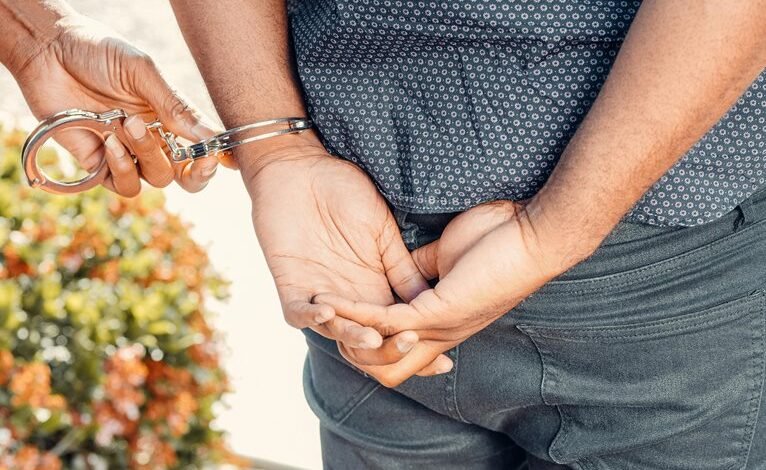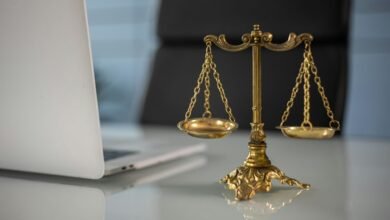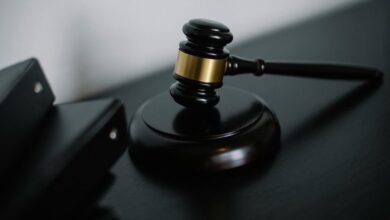Photoackmpa: O Uso de Imagens em Processos Judiciais

The integration of visual evidence in courtrooms has significantly altered the judicial landscape. Images can clarify complex information, enhancing juror engagement and comprehension. However, the use of images also raises critical concerns regarding authenticity and the potential for emotional manipulation. As technology continues to advance, the implications of these challenges warrant careful scrutiny. What measures can be implemented to ensure that visual evidence serves justice rather than distorts it?
The Role of Visual Evidence in Courtrooms
Although visual evidence has long been a component of legal proceedings, its significance in modern courtrooms has grown substantially due to advancements in technology and the increasing complexity of cases.
Visual storytelling, through images and videos, enhances juror comprehension and engagement.
Maintaining photographic integrity is crucial, as the reliability of visual content directly impacts the pursuit of justice and the safeguarding of individual freedoms.
Challenges of Authenticity and Context
The challenges of authenticity and context in visual evidence are critical to the integrity of judicial outcomes.
Image verification processes must be robust to ensure that images presented in court accurately represent the events in question.
Additionally, understanding context relevance is essential, as images devoid of proper context may mislead juries, ultimately undermining the pursuit of justice in legal proceedings.
Emotional Manipulation and Jury Perception
Emotional manipulation plays a significant role in shaping jury perception during trials, as jurors often respond instinctively to visual stimuli.
Emotional appeals can exploit inherent jury biases, influencing decision-making beyond factual evidence. This manipulation can skew the fairness of a trial, as jurors may prioritize evocative images over rational analysis, ultimately impacting the justice system’s integrity and the pursuit of truth.
Conclusion
In conclusion, the integration of visual evidence in the judicial process serves as a double-edged sword, enhancing understanding while simultaneously risking distortion. As images wield the power to captivate and mislead, the imperative for authenticity and contextual relevance becomes paramount. Striking a balance between the benefits of engagement and the potential for emotional manipulation is essential. Thus, as technology advances, the legal system must navigate these complexities with vigilance to uphold fairness and integrity in its outcomes.







